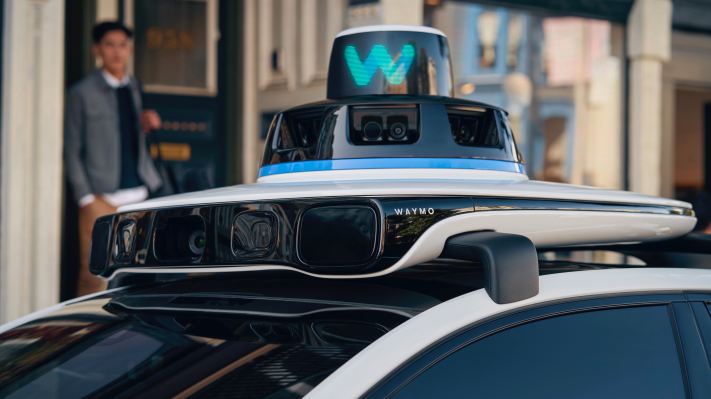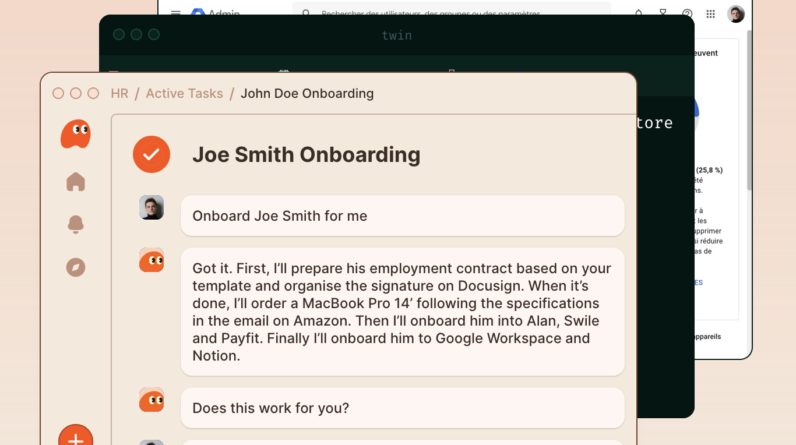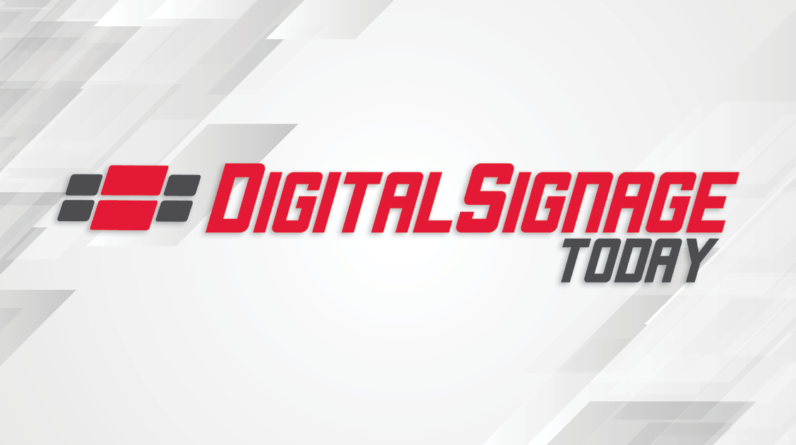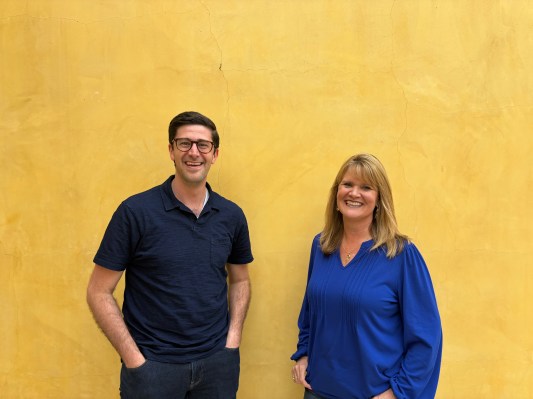While there’s no doubt that out-of-home (OOH) advertising took a significant hit through the course of the coronavirus pandemic in 2020, this year has seen a marked recovery across the globe.
In the UK, the cumulative OOH ad spend has grown by an impressive 31.5% in the year to date, while this trend shows no sign of abating any time soon.
Unsurprising, this market spend is largely driven by large corporations, some of which have become synonymous with outdoor advertising channels over time. But which of these brands spends the most on OOH and why?
1. McDonald’s
According to data collated by Statista through 2020, McDonald’s spent the most money on OOH advertising channels in the world ($59.9 million).
But why do McDonald’s make such an eye-watering investment in OOH? In simple terms, this is to help optimise brand recognition, especially in strategically targeted regions that have high levels of footfall or are close to a particular store.
The brand has also leveraged OOH effectively when marketing new products or ranges, creating awareness among a mass market audience and potentially targeting new customers in the process.
An excellent example of this saw McDonald’s create an innovative campaign that marketed their new range of fresh salads. At the heart of this was a billboard that was three dimensional and literally grew lettuce to help build awareness around this new and exciting product range.
The billboard was south facing in nature in order to ensure optimal exposure to sunlight, with the 17 varieties of lettuce that go into the brand’s salads planted into the display. Over the course of three weeks, thousands of lettuce heads grew under the guidance of expert gardeners, with the billboard eventually evolving to spell out “Fresh Salads”.
This campaign was a significant success, triggering a 30% sales increase in the target catchment area and contributing to the sale of more than 546,000 new salads.
Clearly, McDonald’s utilises OOH channels with a view to optimising brand and product awareness in target regions, while leveraging creativity to develop unique ads that excite multiple senses.
This trend has been evident for well over a decade, while the success of McDonald’s memorable campaigns has blazed a trail for others in the fast-food industry to follow over time.
2. Apple
Apple is the second largest OOH spender on Statista’s list, with an annual outlay of $57 million in 2020.
The iconic iPhone brand certainly isn’t alone in this endeavour, either, with the ‘Out of Home Advertising Association of America’ (OAAA) reporting that the biggest 20 spenders of OOH advertising during Q1 2020 were tech-led to direct-to-consumer brands.
Apple undoubtedly led this charge in the diverse technology market, with the brand increasingly reliant on OOH as a channel through which to continually engage their loyal consumer base on a deeper and more meaningful level over time.
Source: Josh McConnell via Twitter
Remember, Apple is a premium brand that boasts a core group of loyal consumers, who increasingly want to engage with their favourite brands and products in an unintrusive setting. OOH fits this bill perfectly, with billboards providing a direct and interactive connection with customers and one that melds seamlessly with the natural environment.
Apple has always taken a direct approach with its OOH campaign, in order to encourage audience participation and optimise engagement in target locations.
For example, Apple’s iconic “Shot on iPhone” campaign launched in 2015 and annually, it features the best images and photographs captured by customers on their iPhones.
Typically, the images used are inspirational and capable of highlighting the quality of Apple’s iPhone cameras, leveraging both emotive and practical hooks to engage customers on multiple levels.
Such campaigns essentially solicit and use user-generated content to its optimal potential, ensuring unique OOH adverts that are incredibly interactive and highly engaging in equal measure.
3. Geico
Insurance company Geico is another significant OOH spender, with an estimated $52.5 million invested in this advertising medium through 2020.
The brand was also the third-highest OOH spender in 2017, when it invested $54 million in OOH advertising and created something of an anomaly in the insurance and financial services market.
But why would an insurance brand with relatively dry and aesthetically unappealing content turn to OOH? Well, larger 48 and 96-sheet billboards provide the ideal platform for Geico’s concise and powerful slogans, while the brand also integrates its OOH content in TV adverts to help optimise awareness and recognition.
Source: Don L Day via Twitter
This also helps to underline the brand’s credibility and presence in the eyes of consumers, ensuring that the impact and reach of individual campaigns are optimised across the board.
The auto insurance brand’s ‘Live Under a Rock’ campaign in 2012 perfectly embodied Geico’s unique approach.
This integrated campaign was built around a simple billboard that featured the brand’s mascot and the tagline “15 minutes could save you 15%”, highlighting the brand’s ability to offer competitive and easy to locate insurance packages to customers.
The billboard then featured prominently in a humorous and memorable TV advert, which included a brief introduction and a man who lives under a rock emerging to see the OOH content express his shock at the tagline. This hints at Geico’s profile and reputation in a humble, tongue-in-cheek manner, while reinforcing a key selling point to audiences.
4. Amazon
Amazon was the fourth largest OOH spender in 2020, with a total investment of $37.7 million in billboards and similar channels.
It’s also the second largest and most powerful brand on our list (behind Apple), with a total valuation well in excess of $1.7 trillion.
Amazon definitely leverages OOH to create a more tangible and corporeal presence in the eyes of consumers, with this ecommerce brand otherwise existing in a sizeable virtual space. Research suggests that this is a crucial step that online brands must take, with some 82% of shoppers preferring to view and touch products before committing to buy them online.
What’s more, 45% of this contingent say that this helps them to be reassured about the product that they’re buying, and OOH enables Amazon to present and promote physical objects to interested consumers.
Of course, OOH also provided a key role when Amazon sought to promote its burgeoning range of physical products. Take the popular Amazon Echo, for example, for which Amazon created an outdoor billboard that stood 80 feet tall in New York.
Located in the ideal location of Times Square, this was the area’s largest ever ad display and one that broke the previous record set by Pepsi the 1940s.
Other famous campaigns have also used digital out-of-home (DOOH) content and targeted high traffic areas in London and throughout the UK. This was done to promote Amazon’s already successful streaming platform, driving further recognition (and reinforcing market position) while using musicians and physical icons to help humanise the campaign.
5. Coca-Cola
Next up is another iconic global brand, and one that spent approximately $23.5 million on OOH ads in 2020.
The soft drink firm has also created numerous memorable campaigns down the years, first running ads a century ago in Times Square and similarly busy locations across the globe.
Like some of the other brands listed above, Coca-Cola also uses OOH to drive brand recognition, while leveaging both traditional OOH and DOOH media to present increasingly familiar products in more inventive and exciting lights.
Take the brand’s 2017 campaign in Times Square, which saw the construction of a huge, 3D display that featured high resolution LED cubes that alternate to showcase the company’s various brands.
This six-storey display measured a staggering 68 feet by 42 feet, while it utilised high-tech robotics and incorporated a staggering 1,760 animated LED screens. Interestingly, the ad won acclaim from Guiness World Records, who awarded the Coca Cola brand two honours in response (the first ever and largest 3D robotic billboard).
As if the stunning imagery and animation wasn’t enough, Coca Cole also incorporated the sense of taste to make the ad even more memorable.
More specifically, samples of their beverages were delivered randomly while spraying the audience with a cool mist, creating an incredible sensory experience for customers and one that presented popular and much-loved products in a way that truly engaged passing footfall.
6. Warner Bros
Last, but not least, we come to Warner Bros, which is a legendary film and entertainment brand that spent in excess of $100 million across all advertising channels last year.
A significant chunk of this was committed to OOH media, which is not unusual for a brand that has created a slew of lavish and creative billboard campaigns for its numerous titles throughout the years.
Of course, OOH is a natural advertising channel for brands like Warner Bros, which regularly promotes big budget movies that are characterised by incredible special effects and fanciful narratives. Such themes create the ideal content for larger-than-life and increasingly digitised outdoor ads, which can incorporate various technologies to offer uniquely interactive experieces.
Warner Bros has also been known to combine multiple forms of media for their billboards and public transport posters, with this integrated approach winning the brand numerous awards from the Outdoor Association of America.
One such campaign focused on a billboard for the ‘Dark Knight Rises’ film from the Batman franchise. The billboard looked damaged or incomplete at first glance, while a clear cutout of the iconic and familiar Batman symbol sat in the middle of the creative.
Having drawn passers-by in with this eye-catching visual, customers were left in no doubt as to what the symbol represented. Because of this, the only written text on the display was the film’s release date, with the advert oozing an incredible level of confidence and leveraging the iconic nature of the Batman franchise to optimise its impact.
Warners Bros also transformed bus shelters when advertising the paranormal smash hit ‘The Conjuring 2’. More specficially, screens were used to transform shelters into doors with a peephole, through which people were invited to look through and see the trailer for the film.
This tactic perfectly showcases how both traditional and digital ads can be used to create incredibly interactive experiences, which acitvely help to create impressions and increase the number of leads that brands can subsequently look to convert.
The Last Word
Not only are these iconic brands among the biggest OOH spenders in the world, but they’ve also blazed a trail for others to follow in terms of how to leverage this media to your advantage as a marketer.
Of course, you may not have the same budget or resources as brands like McDonald’s or Amazon, but many of the successful OOH campaigns referenced here are built on creativity, strategic location and the intuitive use of technology.
There’s nothing to stop businesses of all sizes using similar foundations on which to build their outdoor campaigns, while this is increasingly important in an age where OOH advertising is becoming more popular than ever before.
The post Which Companies Spend The Most On OOH Advertising? appeared first on 75Media.






